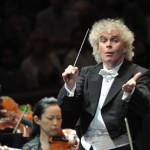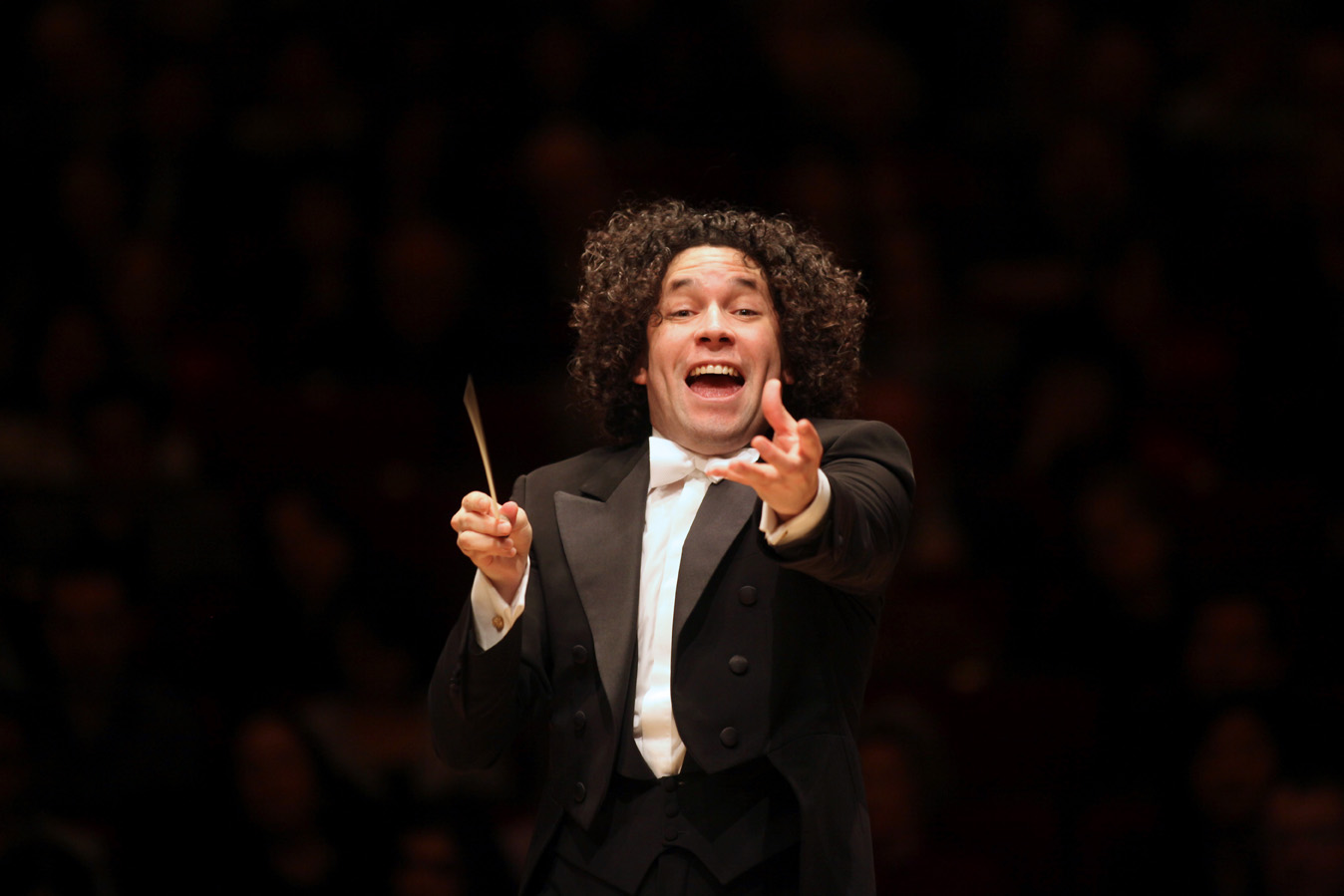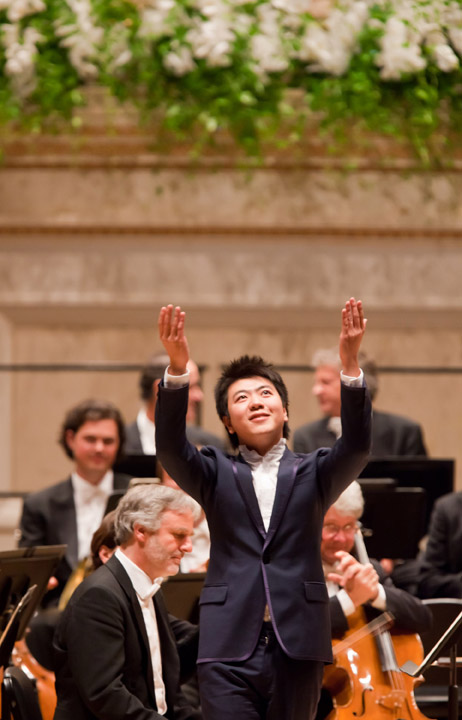In October 2011, The Russian-American Cultural Heritage Center designated April as Russian-American History Month, and to launch the first RAHM in New York State, the RACH-C presented the superb pianist Maxim Anikushin in his first Carnegie Hall recital in the big Stern Auditorium (he had made his noteworthy debut in the smaller Weill Recital Hall on March 9, 1999–only three days after his 23rd birthday). In this writer’s glowing review [in Volume 6, No. 2 of this journal], I prophesized the burgeoning artist as “undoubtedly destined to enter the annals of his generation’s important young pianists.” Thirteen years and numerous concerts later, Anikushin has triumphantly confirmed my expectations. His April 5th recital was a heartwarming affair, and I am proud to remain an unstinting admirer.
Mr. Anikushin’s generous, well balanced program fittingly reiterated several aspects I remember from his past interpretative work: at his aforementioned debut in 1999, a superior performance of the Op. 109 Sonata served notice that he was an idiomatic Beethovenian (by no means a “given” with the best Russian pianist—even Gilels and Richter, et al). As confirmation, the entire first half of the Carnegie Hall program was dedicated to superlative versions of the composer’s Polonaise, Op. 89, “Andante favori”, Wo0 57 and “Waldstein” Sonata, Op. 53. The Polonaise had a dancing and uncluttered rhythmic spin, and the Andante (said to have been originally intended as the “Waldstein”’s second movement) had simplicity and honest flow. As for the “Waldstein”, which I have heard Anikushin play very well in the past year, his interpretation has matured and intensified: this time, he has brought certain details to the fore (e.g. the trimmings and inner voices in the slow movement; and whereas in his earlier account, he chose the pianistically expedient “solution” of playing the octave glissando as two-handed scales, he now opted for the specified Urtext, and also the loud/soft dynamic in the original manuscript). One more observation: the transition into the Rondo was magically poetic and exquisitely timed.
In 2010, Mr. Anikushin paid homage to the American composer Samuel Barber on the centenary of his birth with a handsome retrospective of his solo piano and chamber music. That recital at the New York Public Library served notice that he has real love and inspired affinity for Barber’s music (he is now recording a disc of his music for Albany Records, a mouthwatering prospect). Mr. Anikushin repeated his mercurial, sensitivity-nuanced and dramatically persuasive version of the Piano Sonata, Op. 26, along with delectably played encores of his Lullaby and the Waltz from his “Souvenirs”. (Among the encores was the “Dance Russe” from Stravinsky’s “Petrouchka”).
Anikushin’s musical persona is, to his greatest credit, brilliantly virtuosic, but also elegant, tasteful and essentially classically reserved: I can give no higher compliment than to write that he is very much in the tradition of such fine paragons as the fondly remembered Benno Moiseiwitsch. His wonderfully warm and intimately crafted interpretations of Tchaikovsky’s “Dumka”, Op. 59 and two vignettes, “January” and “May” from “The Months”, Op. 37 verged on perfection.
There was also a belated premiere of a 1991 composition, “Mirage” by Yekaterina Merkulyeva (b. 1956), which the musician–born in Leningrad (now again St. Petersburg)– penned in 1991, immediately after her immigration to America. “Mirage” is, in the composer’s note, “a Romantic Fantasy…[describing] different emotions, both trepidations and excitement, depression and alienations battling at once with both hope and nostalgia , the unreality, at least to someone who grew up in the Soviet Union, of this incredibly energetic , frenetic, unpredictable, dreamy, yet perhaps sometimes dangerous city we live in.” Ms. Merkulyeva’s description further acknowledges influences of Mussorgsky and Prokofieff (I heard ‘sound bites’ of the “Suggestion Diaboliques” and “Old Grandmother’s Tales”). The approximately 6-minute long piece fitted well into the masterfully put together program.
The concert, in summation, was absolutely worthy of what major artists can deliver. What did sadden me was that the house was so scantly filled (all the boxes, dress circle and balcony were empty). Alas, Mr. Anikushin’s public acclaim has not been kept abreast of his richly deserved talent!



